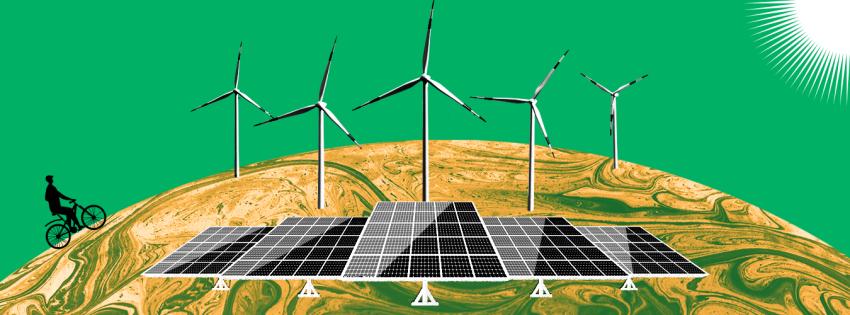We need natural gas, but we have also to have a lot of renewable energy to go forward with decarbonization and climate change mitigation, said during his online presentation Murman Margvelashvili, Director, Energy Studies from “World Experience for Georgia”.
Both in the cases of natural gas and reenable energy Turkmenistan and Central Asia can play a major role, he stressed.
There are the current attempts to establish connection between Turkmenistan and Caspian energy to the west to Turkey to Europe, and the problem here is that there is no clarity if demand because of European policy on a climate change, there is it is difficult to finance gas infrastructure, and it is difficult to secure the customer’s willingness for long-term projects.
Existing infrastructure, such as the Southern Gas Corridor, Black Sea Cable, and Middle Corridor, have limitations in transporting additional gas, hydrogen, or ammonia in significant quantities.
According to Margvelashvili, new transit routes are needed. And solution could lie in dual-use infrastructure.
Projects like the Trans-Caspian pipeline and its potential extensions should be designed to initially transport natural gas but be adaptable for future use with hydrogen or ammonia.
In this regard, various options and combinations of projects can be considered.
- Trans-Caspian Pipeline (with capacity of 30bcm) or pipeline with a capacity of 8-10bcm can transport natural gas and switch to hydrogen (or ammonia)
- TANAP2 – duplicate of TANAP along the same route – can switch from natural gas to hydrogen
- WREP2 – a new natural gas/ammonia/hydrogen 850-km long pipeline along Baku-Supsa oil pipeline
- AGRI –5-8bcm/y Azerbaijan- Georgia-Romania Interconnector – LNG to ammonia convertible
- White Stream – 30bcm – gas/hydrogen pipeline (also known as Georgia-Ukraine–EU Gas Pipeline)
This would allow to export gas now from Turkmenistan in big volumes, and in future, it could allow to export a hydrogen or ammonia to European and global markets, which is considered to be the most attractive market for the renewable energy in future.
“2050 is not very far, there will be an increased demand in renewable energy. And Central Asia can play a global role here and in order to prepare for that as a part of preparation, we should look closer at the dual use infrastructure initially exporting the gas and switching afterwards to renewable energy”, the speaker concluded.


